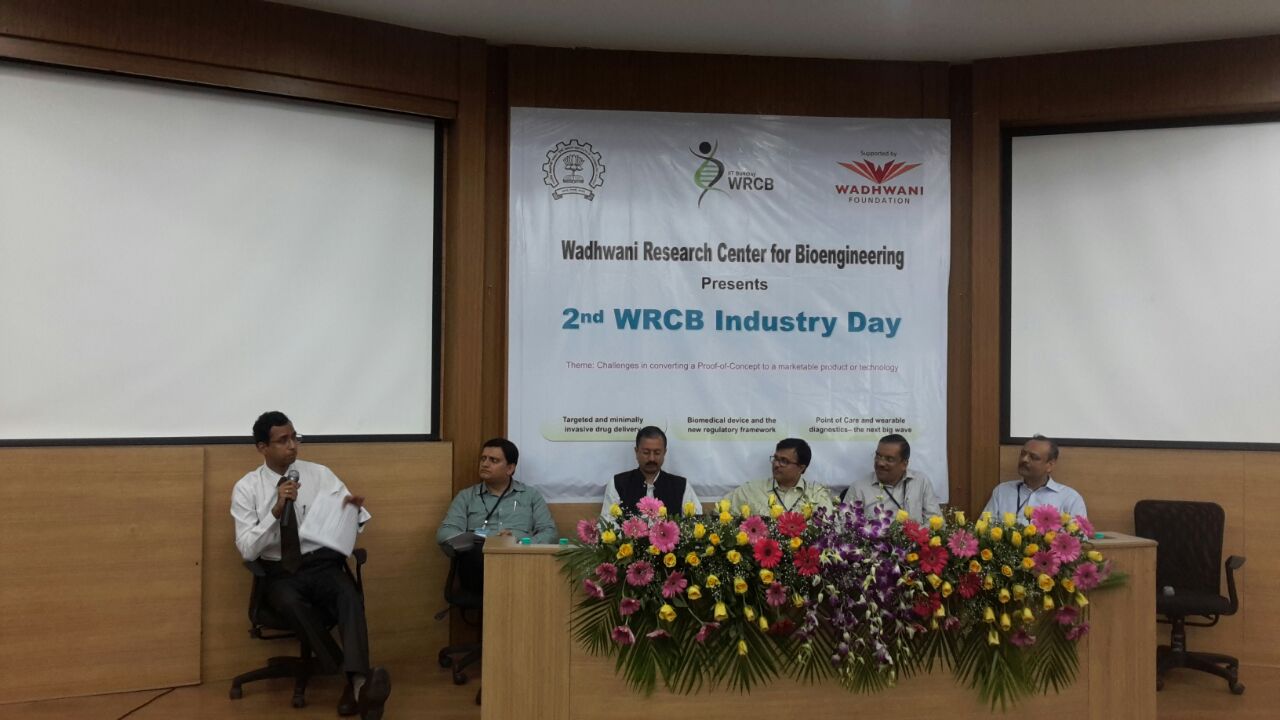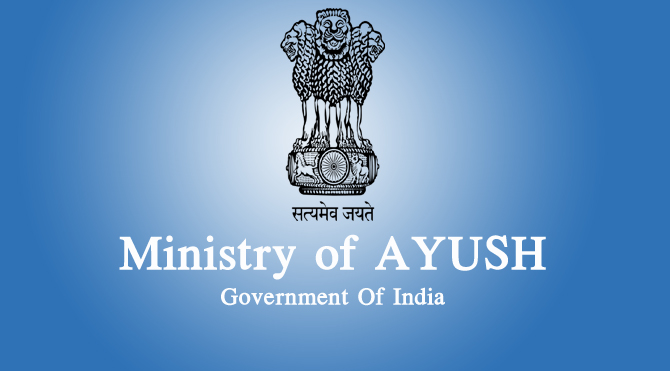
 A number of announcements have been made by the Central and State governments on their intent to offer Universal Health Care (UHC). These welcome developments are timely as India is now rapidly becoming one of the few countries that do not seem to have a concrete plan for UHC in place. Even poorer countries such as Ghana, Kyrgyzstan, Rwanda, and Vietnam have now started to make significant progress in this area. A fact often overlooked in these discussions, however, is that UHC is a complex idea and contains several prerequisites that need to be carefully incorporated into its conceptualisation, design and implementation. This article attempts to outline four of these essential elements.
A number of announcements have been made by the Central and State governments on their intent to offer Universal Health Care (UHC). These welcome developments are timely as India is now rapidly becoming one of the few countries that do not seem to have a concrete plan for UHC in place. Even poorer countries such as Ghana, Kyrgyzstan, Rwanda, and Vietnam have now started to make significant progress in this area. A fact often overlooked in these discussions, however, is that UHC is a complex idea and contains several prerequisites that need to be carefully incorporated into its conceptualisation, design and implementation. This article attempts to outline four of these essential elements.
Providing integrated care

The first, and perhaps the most important, element is the need to distinguish UHC from universally available health insurance. UHC seeks to ensure financial protection with the provision of appropriately priced, high quality, and integrated health care (combining primary, secondary, and tertiary care into a single, patient-centred health-care system). Ideally, financial protection and comprehensive health care are bundled together into an integrated managed care proposition where the financial-protector (or the risk-manager) and the provider are a single entity. One of the key benefits of this model is the significant shift in incentives for the health provider ” from the current focus on promoting hospitalisation and needless care-procedures, to incentives for promoting health and prevention of illness. Since the provider receives only a fixed amount per year, irrespective of the actual treatment provided, managed care places rational treatment and cost-effectiveness at the centre of the model. Because of their very nature, health-care systems owned and financed by ministries of health are ideally suited for offering this type of managed care. And, if, but only if, there is very strong confidence in the ability of the system to regulate and monitor both patient and provider behaviours as well as population level outcomes, it is possible ” as Thailand has done successfully ” to invite large non-government players to also bid to provide such managed care services. And, while the regulatory challenge in outsourcing managed care to the private sector is quite considerable, it is very clear that fragmented health systems with different providers taking care of different parts of the health system, such as the private sector providing hospital-based care and the government focussing on primary care, with patients free to bypass it, is the worst of all possible choices. This fragmentation is the principal reason why a country like the United States finds itself in a situation where insurance premiums and costs of health care are both rising rapidly but population level health indicators are well below those of other comparable countries.
Primary care with gatekeeping
The second element is the need to shift the focus of attention from hospital-based care, to primary care ” in terms of financing, development of infrastructure and usage. In order for India to achieve UHC, both in terms of financial feasibility as well as its well-being goals, it is clear that fewer than 2.50 per cent of patients in any given year should need hospital-based care. This implies that 97.5 per cent of all conditions would need to be dealt with at the primary-care level. UHC would therefore need substantial investments at the primary level combined with a strong gatekeeping framework that does not allow patients to seek hospital-based care unless they have been referred by a primary-care provider. It is believed that over 95 per cent of patients who visit tertiary care facilities such as JIPMER in Puducherry and AIIMS in Delhi are at the wrong place and have incurred all the hardship and costs that they did needlessly when they could easily have been cared for locally if good primary care was available. Evidence from Andhra Pradesh also shows that under Arogyasri, people are overwhelmingly seeking care at hospitals even for conditions which are patently treatable at primary-care facilities. While India undoubtedly needs additional hospital beds to provide adequate coverage even at the 2.50 per cent level mentioned earlier, it is imperative that the focus of immediate attention should not be hospitals or more AIIMS-like centres but well-designed and capable primary-care facilities so that patients can go there directly. Should they inadvertently end up at hospitals for seeking such care, they must be directed back. Only this combination of improved-availability and mandatory-gatekeeping will start to reduce the excess demand for hospital beds even as we gradually seek to address the unmet needs for hospital beds in deficient regions. Otherwise, we run the serious risk of this turning into a vicious cycle of ever increasing demand for hospital beds, further fuelled by an in-patient, insurance-led financial protection strategy, leading eventually to continual and rapid increases in health insurance premiums with no resultant improvements in health outcomes.

Covering everybody
The third key element relates to coverage ” any universal health programme would need to include the entire population and not just be targeted at the poor. This is because India has a very steep poverty gradient and single health shocks have the potential to draw entire households back into poverty for all but the very top sliver of the population. For this very reason, globally, citizens of the most developed and several developing nations, who have significantly higher per capita incomes than do even the top percentiles of our population, have also been provided with full access to health care and financial protection. Engagement of the middle class also allows additional resources to be pooled along with tax resources since the amounts that they are currently expending on health care could be included as well. It is clear that development of integrated risk pools and their investment into an integrated UHC framework of the type discussed earlier (as would be implied by grouping the rich and poor together) would allow a significantly higher level of expenditure-volatility compression and the delivery of rational care. This would benefit both segments, with only the resultant net savings to the middle class being used to cross-subsidise the poor. Another benefit of including the middle class is in ensuring accountability of the health system. Being more conscious of its rights and with more resources to participate in the political process, the middle class is better placed to hold the public system accountable to higher quality of care, and perhaps, place health care centrally on political agendas ” a feat that the Below Poverty Line (BPL)-targeted Indian health system has not been able to accomplish.
Be a part of Elets Collaborative Initiatives. Join Us for Upcoming Events and explore business opportunities. Like us on Facebook , connect with us on LinkedIn and follow us on Twitter , Instagram.












